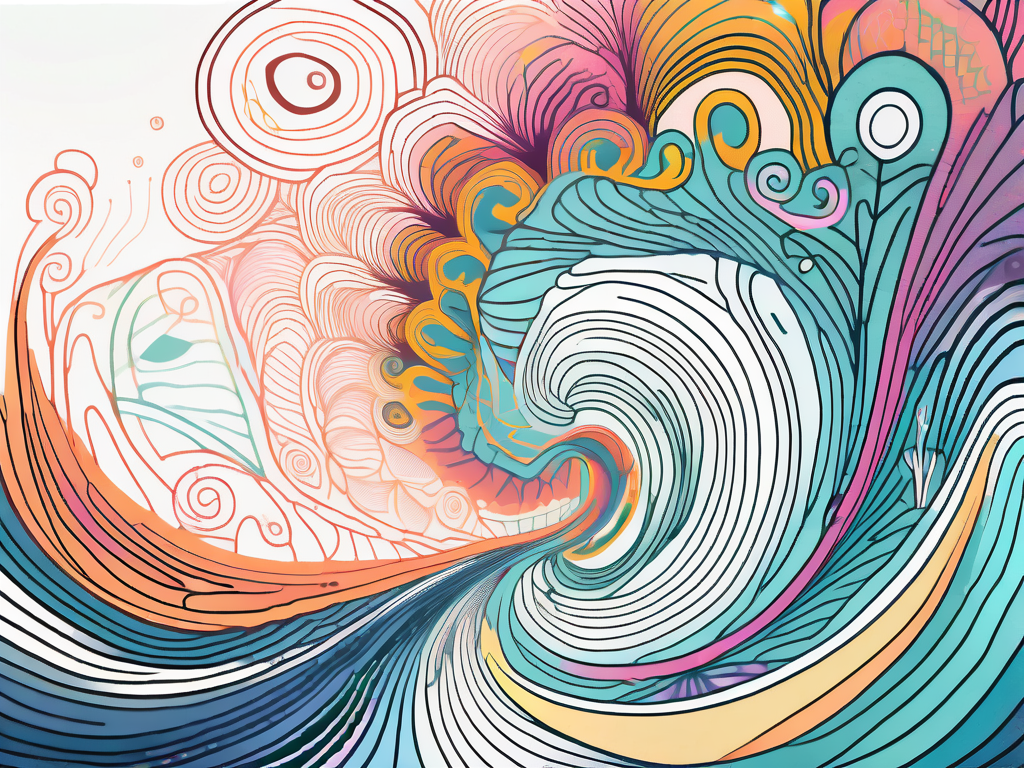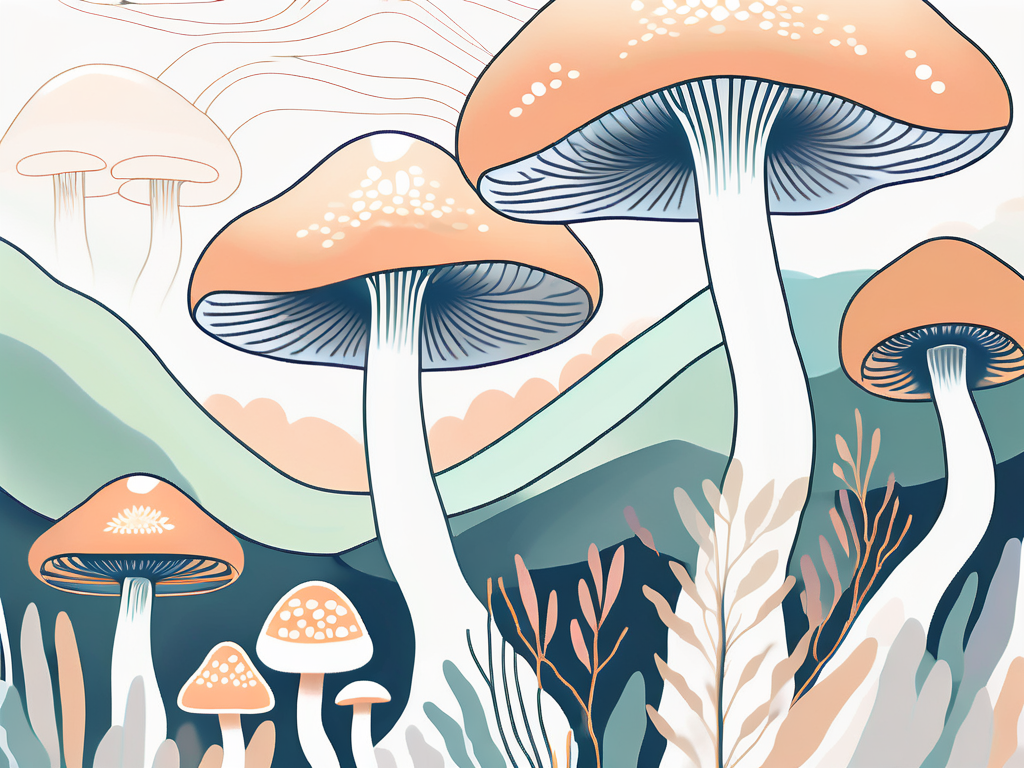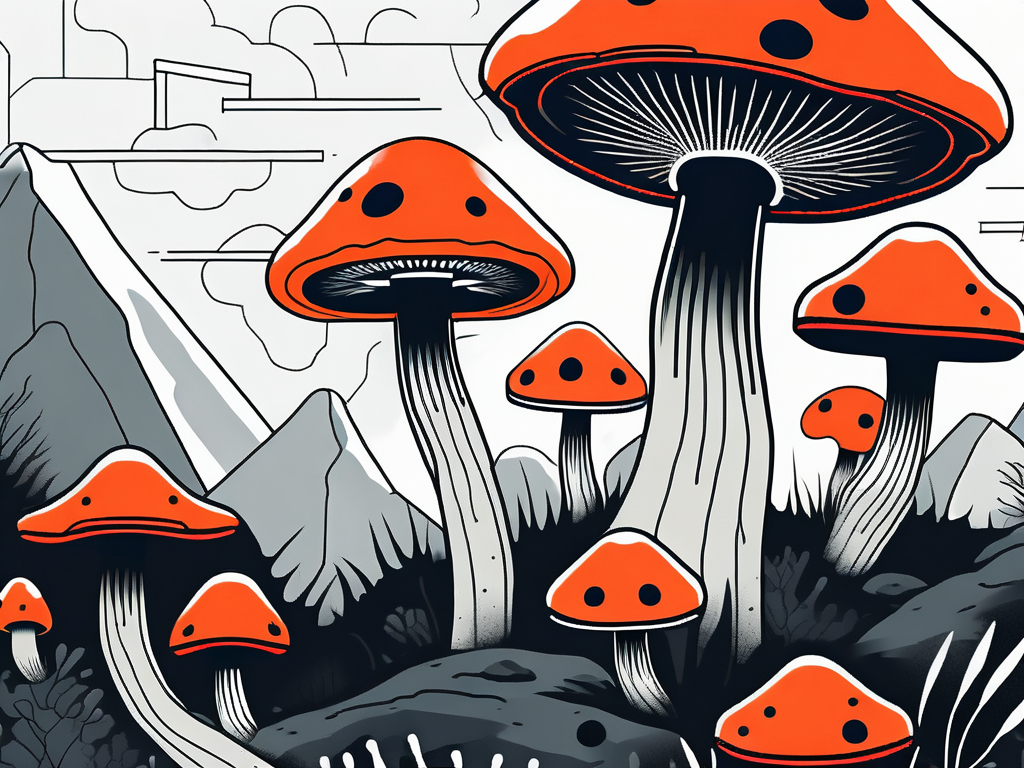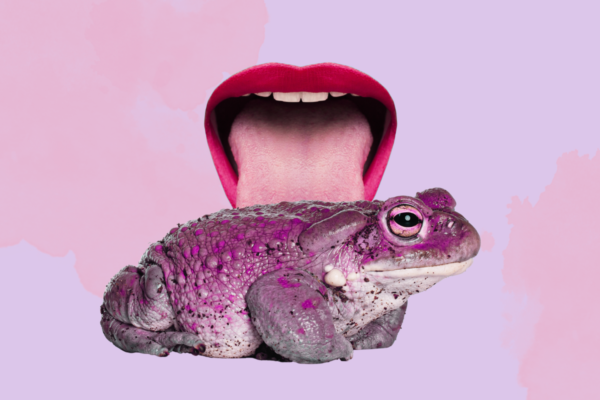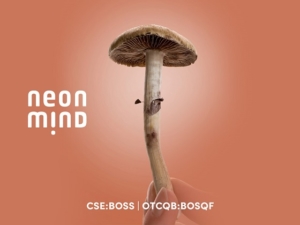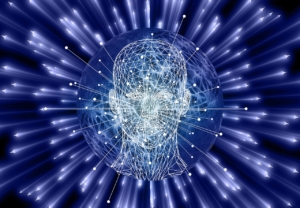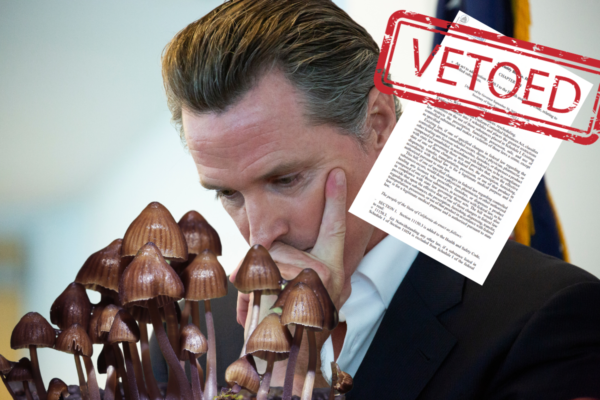

Magic mushrooms, known for their vivid colors and potent effects, have captured the imagination of cultures worldwide for centuries. This exploration delves into their biology, the compounding experience they provide, their history, therapeutic potential, and the essential considerations for safety and understanding surrounding their use.
Understanding Magic Mushrooms
The Biology of Magic Mushrooms
Magic mushrooms, primarily belonging to the genus Psychedelia, contain psychoactive compounds that engage the human brain in profound ways. These fungi can vary in shape, size, and color, but many share characteristics such as a cap, gills, and a stem. Often found in damp, organic-rich environments, they have evolved to thrive in various ecosystems. Their ability to adapt to different habitats is fascinating; some species are even known to flourish in disturbed soils, showcasing their resilience and ecological versatility.
The biological processes that underpin these mushrooms include their growth patterns, which can be influenced by factors like soil type, humidity, and temperature. Notably, the mycelium—the underground part of the mushroom—plays a critical role in nutrient absorption and spread, resembling a vast network that sustains the organism. This mycelial network not only supports the mushroom’s growth but also interacts symbiotically with surrounding plant life, exchanging nutrients and enhancing soil health. This intricate relationship highlights the importance of fungi in maintaining ecological balance and promoting biodiversity.
The Active Compound: Psilocybin
Psilocybin, the primary psychoactive component of magic mushrooms, is a naturally occurring tryptamine. Once ingested, it converts into psilocin, which interacts with the serotonin receptors in the brain, affecting mood, cognition, and perception. This interaction is what leads to the vibrant colors and shapes often reported during the psychedelic experience. The effects of psilocybin can vary widely among individuals, influenced by factors such as dosage, setting, and personal mindset, leading to experiences that can range from deeply introspective to euphoric.
Interestingly, research into psilocybin has surged in recent years, with scientists investigating its effects on brain activity and mental health. Its impact on serotonin receptors not only influences perception but can also lead to profound insights and emotional healing. Studies have shown promising results in using psilocybin for treating conditions such as depression, anxiety, and PTSD, suggesting that this ancient substance may hold the key to unlocking new therapeutic avenues. As the stigma surrounding psychedelics begins to wane, the scientific community is increasingly recognizing the potential of psilocybin to foster personal growth and facilitate transformative experiences, paving the way for a deeper understanding of consciousness itself.
The Psychedelic Experience
The Science Behind Psychedelic Journeys
The nature of the psychedelic experience is as fascinating as it is complex. A typical journey can last anywhere from four to six hours, characterized by shifts in perception, mood, and thought. Studies suggest that during this period, the default mode network (DMN)—the part of the brain associated with ego and self-referential thoughts—exhibits decreased activity, leading to feelings of interconnectedness and unity.
Furthermore, research indicates that psychedelics can elicit insights into one’s emotions, behavior, and experiences. For many users, the experience can lead to significant personal revelations and a new perspective on life. This transformative effect has garnered attention in therapeutic settings, where psychedelics are being explored as potential treatments for conditions such as depression, anxiety, and PTSD. The therapeutic potential lies in the ability of psychedelics to facilitate profound emotional breakthroughs, allowing individuals to confront and process deep-seated traumas in a supportive environment.
Perception of Colors and Shapes
One of the most reported aspects of the psychedelic journey is the enhanced perception of colors and shapes. Users often describe seeing intensified colors, dynamic shifts, and intricate patterns that seem to flow and change shape. This phenomenon is known as synesthesia, where stimulation of one sensory pathway leads to involuntary experiences in another sense.
These vivid visual experiences are not merely subjective; they are reflections of altered neural connectivity. The brain’s usual patterns of processing sensory information become intertwined, creating a richer tapestry of experience. This heightened state can also lead to a sense of awe and wonder, as users may find themselves captivated by the beauty of their surroundings in ways they had never experienced before. The interplay of light and shadow, the texture of surfaces, and even the sounds of nature can become a symphony of sensory delight, transforming the mundane into the extraordinary. Such experiences often inspire creativity, prompting individuals to explore artistic endeavors or engage in deeper philosophical contemplation, further enriching their understanding of the world around them.
The History of Psychedelic Use
Ancient Cultures and Psychedelics
Throughout history, various cultures have utilized magic mushrooms and other psychedelics for spiritual, religious, and healing purposes. Ancient Mesoamerican civilizations, such as the Aztecs and the Mazatecs, revered these fungi, often using them in religious ceremonies to communicate with the divine.
These traditions underline the long-standing belief in the transformative power of psychedelics, where they served not only as a tool for personal insight but also as a communal bonding experience in many tribal contexts. The use of these substances was often accompanied by elaborate rituals, music, and dance, enhancing the overall experience and fostering a deep sense of connection among participants. Shamans and spiritual leaders played a crucial role in guiding these experiences, believed to possess the knowledge and skills necessary to navigate the altered states of consciousness that psychedelics can induce.
Psychedelics in Modern Society
The resurgence of interest in psychedelics, particularly since the 21st century, signifies a cultural shift. Once stigmatized, these substances are now being recognized for their potential benefits in mental health and therapy. The intersection of contemporary neuroscience and ancient practices has created a unique dialogue about the role of psychedelics in modern medicine.
This momentum has garnered the attention of researchers, legislators, and mental health practitioners alike, paving the way for innovative treatments and a more nuanced understanding of these powerful substances. Clinical studies have begun to explore the efficacy of psychedelics like psilocybin and MDMA in treating conditions such as PTSD, depression, and anxiety, revealing promising results that suggest these substances can facilitate profound psychological healing. Moreover, the growing acceptance of psychedelics has sparked a broader conversation about the importance of mental health, self-exploration, and the potential for personal transformation in an increasingly complex world. As society continues to grapple with the implications of these findings, the dialogue surrounding psychedelics is likely to evolve, challenging long-held perceptions and opening new avenues for exploration and understanding.
The Potential Therapeutic Uses of Psilocybin
Psilocybin and Mental Health
Recent studies have revealed that psilocybin may have significant benefits for mental health conditions, including depression, anxiety, PTSD, and addiction. Clinical trials demonstrate that when coupled with psychotherapy, psilocybin can reduce symptoms and improve overall well-being.
As this research unfolds, the transformative potential of psilocybin is becoming increasingly evident. It offers a promising avenue for individuals seeking alternative treatments that differ from traditional pharmaceuticals. Furthermore, psilocybin’s ability to foster profound introspective experiences can lead to increased emotional resilience and a greater sense of connectedness, which are often pivotal in therapeutic settings. Patients frequently report feelings of clarity and insight during their experiences, allowing them to confront and process deeply rooted issues that may have been previously inaccessible.
Future Research in Psychedelic Therapy
Future research will be crucial in uncovering the depths of psilocybin’s therapeutic effects. Ongoing studies aim to fully understand its mechanisms, optimal dosing, and the conditions under which it is most effective. While early findings are promising, comprehensive studies will be essential to establish the pathways for safe and beneficial integration into psychiatric practices.
As enthusiasm grows within the scientific community, we can anticipate a gradual shift toward broader acceptance and implementation of psychedelics as a legitimate therapeutic tool. This shift is not only supported by emerging data but also by a growing cultural openness to alternative healing modalities. Institutions are beginning to recognize the importance of holistic approaches to mental health, and as more healthcare professionals advocate for integrative practices, the potential for psilocybin to be included in standard treatment protocols becomes increasingly feasible. Moreover, the exploration of psilocybin’s effects on creativity and cognitive flexibility could open new avenues for enhancing personal and professional development, further solidifying its role in contemporary therapeutic landscapes.
The Risks and Safety Measures
Potential Side Effects of Psilocybin
Despite its potential benefits, the use of psilocybin carries risks. Users may experience unpredictable psychological effects, including anxiety, paranoia, or confusion, especially in unsupervised settings. Physical side effects can also occur, such as nausea or increased heart rate.
Moreover, individuals with a history of mental illness or those on certain medications should exercise caution. The legal status of psilocybin varies across regions, making it crucial for potential users to remain informed about the laws and guidelines governing its use.
Ensuring a Safe Psychedelic Journey
To ensure a safe psychedelic experience, several steps can be taken. First, engaging in a conducive environment is vital—quiet, comfortable spaces with trusted individuals present can help minimize anxiety.
- Preparation: Understand what to expect and have a clear intention.
- Set: Choose a supportive and comfortable environment.
- Safety: Have a trusted guide or trip sitter present.
By respecting these precautions, individuals can approach their psychedelic journeys with greater confidence, allowing them to capitalize on the potential benefits while minimizing risks.
In conclusion, magic mushrooms and psilocybin represent a fascinating intersection of biology, history, and psychology, holding great potential for personal transformation and therapeutic applications. As understanding deepens and societal perceptions shift, the dialogue surrounding these substances continues to evolve, emphasizing the importance of informed and responsible use.
